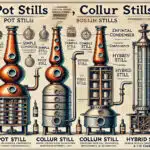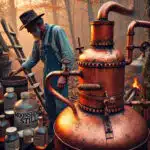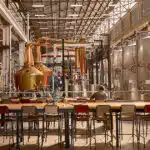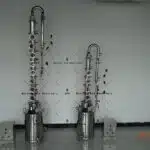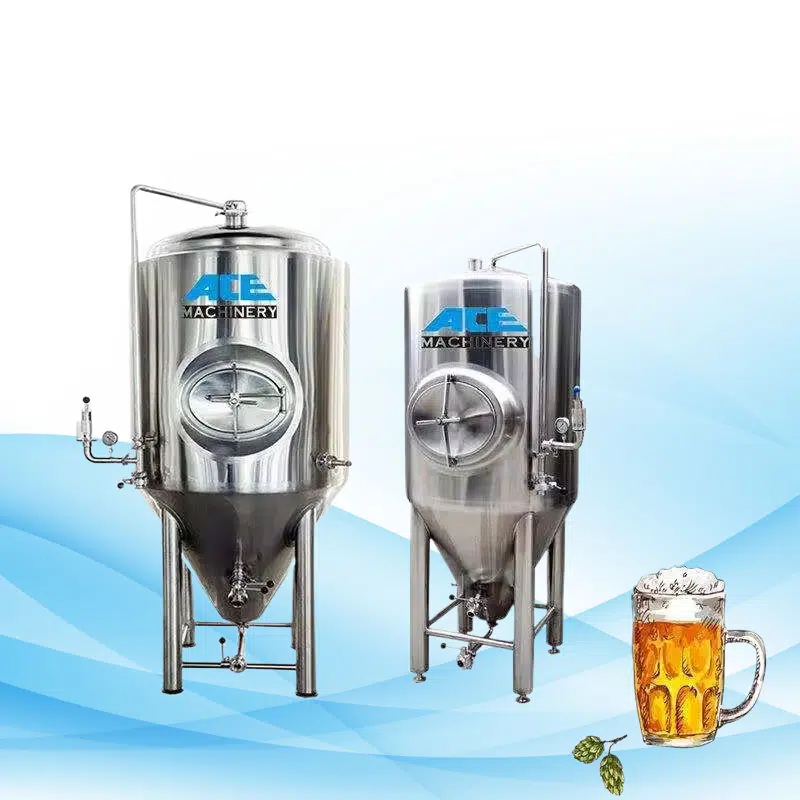While distillation without appropriate license is illegal in many countries (including the US) this guide serves as an informative way to make moonshine using traditional techniques and science; please also adhere to all local regulations when distilling alcohol without proper permits or license.
The process of making moonshine is not easy and requires skill and patience. At its heart lies some potentially hazardous steps which, if taken incorrectly, may prove fatal. Therefore, making moonshine is not recommended, as it is illegal and can be very dangerous.
However, for educational purposes, the following is a simplified overview of how moonshine might be made. Please note that this is a hypothetical process and does not include all the necessary safety precautions or legal considerations.
Ingredients:
- Corn (or other grains)
- Water
- Yeast
- Sugar
- Alum (optional)
Moonshine Equipment:
- Fermentation vessel (such as a plastic bucket)
- Distilling equipment (such as a still)
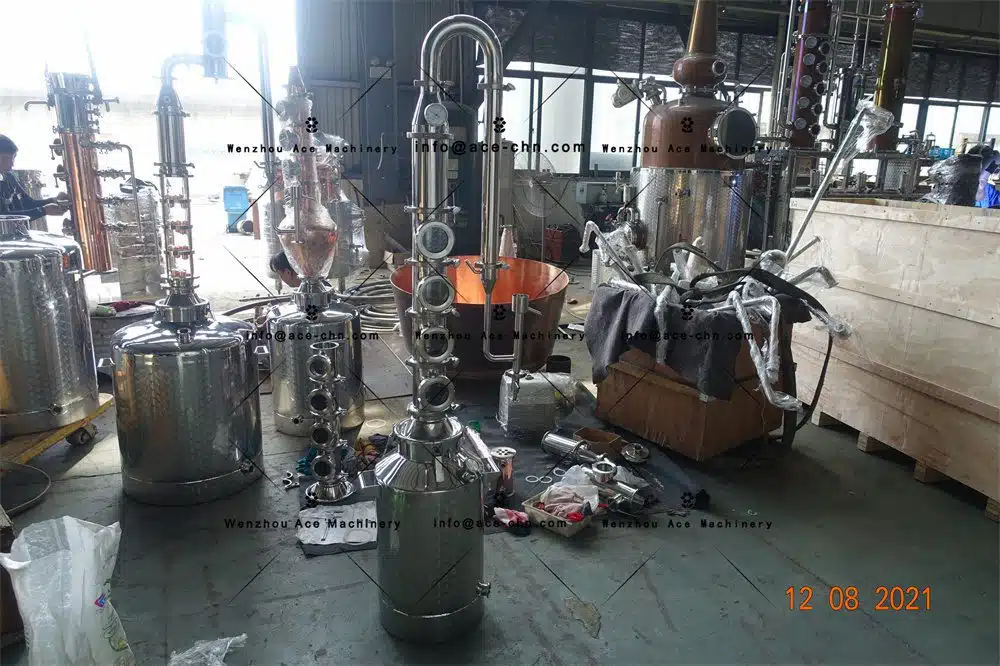
Step 1: Gather Ingredients
The first step in making moonshine is to gather the necessary ingredients. Corn is the primary ingredient used in moonshine making because it is plentiful and easy to ferment. Other grains like rye, wheat or barley may also be suitable for making bread – the key requirements being water, yeast and sugar. Alum is an optional ingredient that can be added to improve the flavor and clarity of the finished moonshine.
Step 2: Soak and Cook the Corn
Soak the corn in water for several days, until it starts to sprout. Then cook the sprouted corn in more water until soft. This step helps to break down the starches in the corn into simpler sugars that will later be converted into alcohol by the yeast.
Step 3: Cool and Add Yeast
Once the cooked corn has cooled down, add the yeast and stir well. The yeast will start converting the sugar in the corn into alcohol. Cover the fermenting vessel with cloth or towel and leave for several days until liquid starts bubbling and foaming up, which indicates fermentation is underway.
Step 4: Strain and Decant
Once the fermentation is complete, strain the liquid into another container, leaving behind the solid residue. Let the liquid sit for a few hours or overnight, until the heavier impurities settle to the bottom. Carefully pour off the clear liquid into another container, leaving behind the dregs at the bottom.
Step 5: Distillation
It is now time to turn liquid into moonshine with distillation. Distillation involves heating liquid until it boils and collecting any of its steam that rises, then condensing back down as raindrops into liquid form; the steam then condenses back into an alcohol solution, further increasing alcohol concentration levels. A basic still used for moonshine production typically consists of an open metal container fitted with a copper coil condenser immersed in cold water, which collects steam as raindrops from boiling liquid rises through and condenses back down before collecting it as moonshine is made ready.
Step 6: Bottling and Aging
Once you have collected enough moonshine in your still, it can be bottled for consumption. The flavor and quality of moonshine improves with aging, so it is often stored in wooden barrels or bottles for several months or even years before consumption. Some moonshiners add sugar or other flavors to their moonshine to enhance its taste and consistency, or to customize its character.
That’s just a basic overview of how moonshine might be made. In reality, moonshine production can be much more complex and dangerous if not done correctly. Moonshine production requires careful regulation of temperatures, pressures, and chemical reactions in order to avoid explosions or poisoning due to toxic byproducts of fermentation or distillation. Furthermore, illegal moonshine production has proven profitable for bootleggers – leading to organized crime in Appalachia as well as violent encounters between producers and bootleggers. Therefore, it is strongly recommended that you do not attempt to make moonshine at home for personal consumption or sale.


